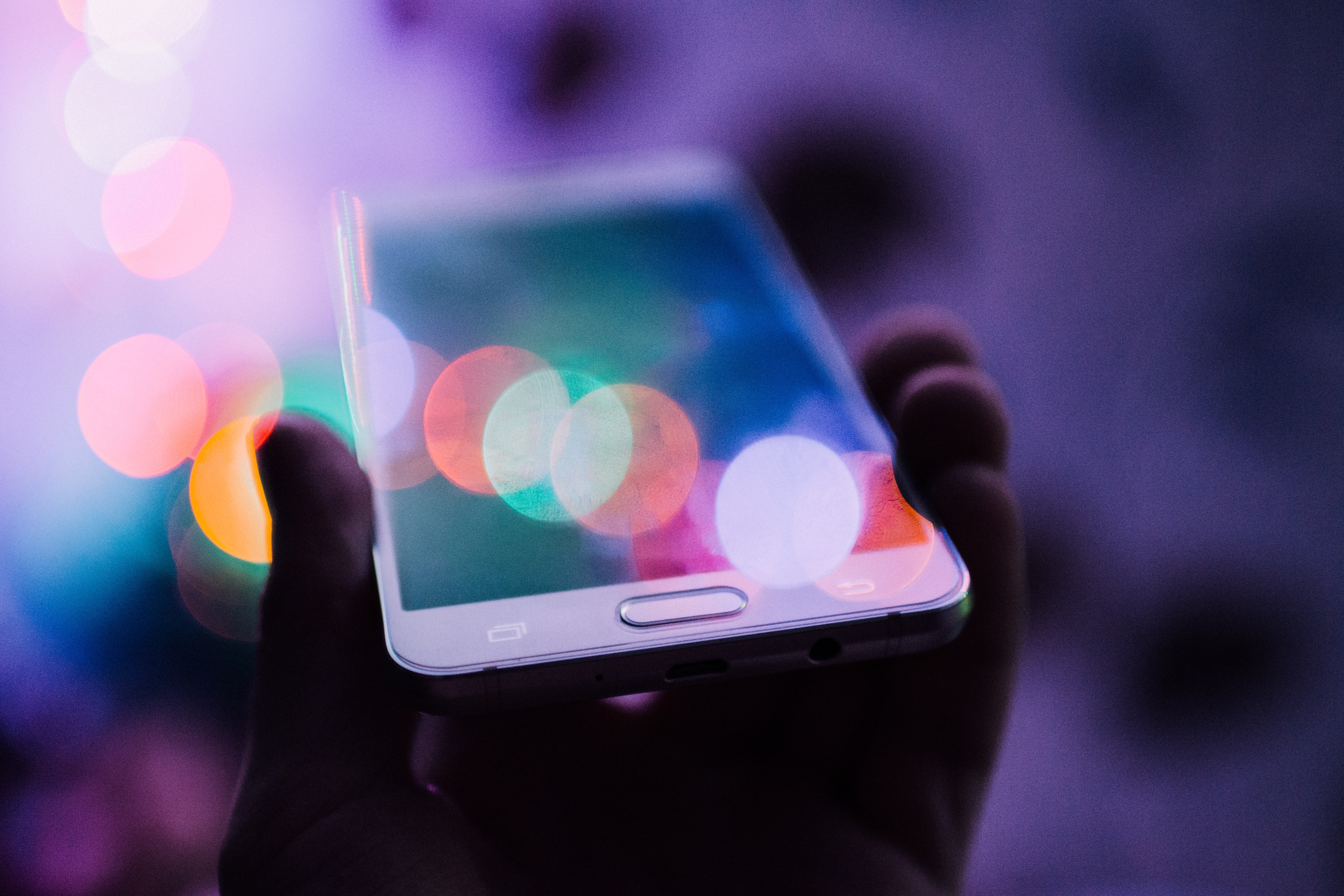The latest and greatest from big brands like Apple and Samsung are more often than not first to consider when investing in a new smartphone, but are these flagship models still worth their pricetag?
Investigating what started the trend of wanting a better mobile phone, I came to the conclusion that it all came down to phone designs and color choices before smartphones.
A shock hits the non-tech savvy when they find out that the iPhone was not the first smartphone. The term was actually coined in 1995, but was implemented first when IBM brought out the Simon Personal Communicator in 1992.
Fast forwarding to 2002, Nokia introduces the 7650, the first mainstream smartphone for the world (not the US though). The device was powered by Nokia’s Symbian 6.1 and it had the bells and whistles one could dream of at the time, like a 0.3 MP VGA camera and 2.1 inch screen.
The following year came the first commercial phone that opened up the internet for phone users, enter the Nokia 6600. The device featured 3G service, of course limited to email and very light web browsing. With that product, the market hit its first peak.
Competitors around the world developed phones in all shapes and sizes, but none of them brought anything new to the table, that included Nokia itself.
The market didn’t witness anything refreshing until the first generation iPhone in 2007. The device offered nothing but a big touchscreen and 4 buttons to operate it in a small and attractive package.
In the same year, Blackberry introduced their Curve 8300, the first phone to provide BBM service, a crypted texting service that later became very popular, especially with US presidents.
Along with a decade-long lawsuit between Apple and Samsung over the Samsung S1 for essentially recreating a product but under a different brand, Apple shocks the world once again in 2008 with the iPhone 3G, the phone that changed everything and the inspiration behind all the smartphones we use today. The 3G introduced apps we now rely on and immediately set the standard for future smartphones.
Ever since, smartphones have become increasingly larger and more powerful, coming with brighter screens and sharper camera sensors. This was the second market peak.
The point is, every year we witness new phones with the same old functionality. Other than gimmicks, like wireless charging and being able to control TVs, smartphones haven’t really offered anything to change our lives in a very long time – at least anything to justify paying over $600 for them.
The next big thing was meant to be modularity, which enables us to edit our phone`s hardware, and while many phone cases and accessories offer similar technology, all hope towards the concept died along with Google’s discontinued project ARA.
The major positive change we are seeing comes from less popular manufacturers like Motorola, Xiaomi, and Oneplus. These brands have been working on reducing the prices on decent devices that offer almost the same functionality as flagships models from more popular brands. Essentially, good smartphones got cheaper, and cheaper smartphones got better. Motorola`s latest production line, the E4, E4 Plus, and G4 are prime examples of this trend.












